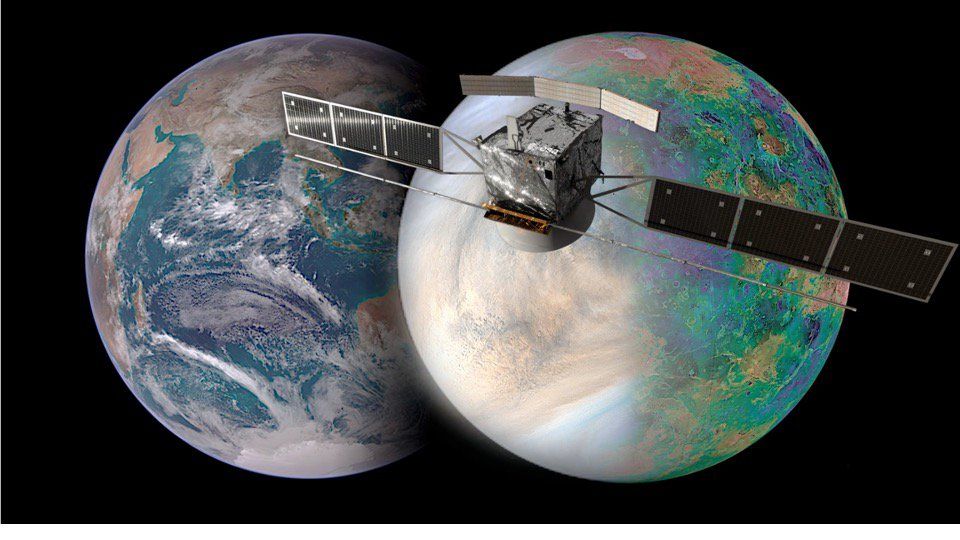It’s an exciting time to be Venus Foreman. Our sister planet, which has been the target of only one mission since the 1980s, is now at the center of not one, not two, but three NASA and ESA missions. Together, they promise a closer look at the Morning Star and some of the processes that could have made a world very similar and very different from ours.
The first two missions were officially selected by NASA on June 2 as part of the agency’s program. discovery program. Both missions have a proven track record dating back years, but with official support from the program, they are now better supported by the space exploration community and more likely to take off.
credit: NASA
Da Vinci + s Truth, honestyBoth NASA missions have been covered in detail in previous articles on UT. Originating from the Venus Probe for Deep Atmospheric Chemistry and Imaging Research, DAVINCI+ focuses on understanding the atmosphere and surface of Venus. This will be the first time that the atmosphere of Venus has been sampled directly since 1985, when it launched a spherical probe into the atmosphere. It will also provide high-resolution images of some features on the planet’s surface.
With this second goal, he goes on Truth, honesty (Venus emissivity, radiological sciences, insar, topography and spectroscopy), its main task is to map the planet’s surface. using a combination of synthetic aperture radar and infrared images, it will attempt to draw an accurate picture of both surface features and composition.
credit: NASA
The two missions will also serve as a platform for technology demonstrations. You will use VERITAS extension Deep Space Atomic Clock-2, aims to maintain accurate time to facilitate spacecraft maneuvers, while DAVINCI+ will use the Compact Ultraviolet Imaging Spectrometer (CUVIS), a new type of imaging sensor for special use in the ultraviolet range of the spectrum.
But these aren’t the only missions featuring NASA technology: On June 10, the European Space Agency announced its own mission to Venus. The mission, known as EnVision, will be part of the European Space Agency’s Cosmic Vision exploration plan. A key component of EnVision is another synthetic aperture radar known as ي vinssar. Like the one hosted on VERITAS, this tool will help EnVision study three different layers of the Venus system: the atmosphere, the surface, and even the subsurface. Using radio signals, the probe will attempt to map the planet’s internal structure, allowing researchers to better identify deposits of some unstable materials or structures.
European Space Agency / Paris Observatory / VR2Planets
Since all of these missions are now officially accepted into official development programs, their coordination can continue until launch. Although the launch is still a long way off, let alone reach our sister planet, these missions will provide Venus fans with a host of new things to look forward to.
Credit: European Space Agency / Paris Observatory / VR2Planets
Learn more:
NASA – Then 3 people left: NASA will collaborate on the European Space Agency’s new Venus mission
it’s a – The European Space Agency selects the flagship Venus EnVision mission
NASA – NASA selects two missions to study the ‘life-losing’ world of Venus
main picture:
An image showing the similarities between Earth and Venus, with the EnVision spacecraft concept in the foreground.
Credit: European Space Agency / Paris Observatory / VR2Planets

“Problem solver. Proud twitter specialist. Travel aficionado. Introvert. Coffee trailblazer. Professional zombie ninja. Extreme gamer.”




More Stories
With a surprise in the case: a strange cell phone from Nokia was introduced
PlayStation Stars: what it is, how it works and what it offers to its users | Sony | video games | tdex | revtli | the answers
t3n – Digital Pioneers | digital business magazine